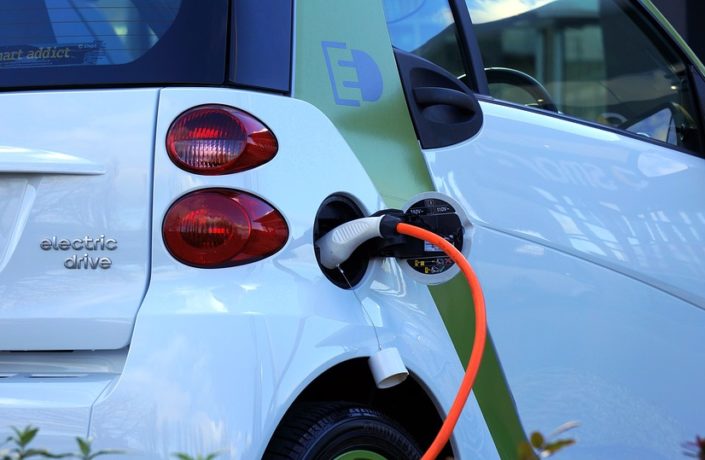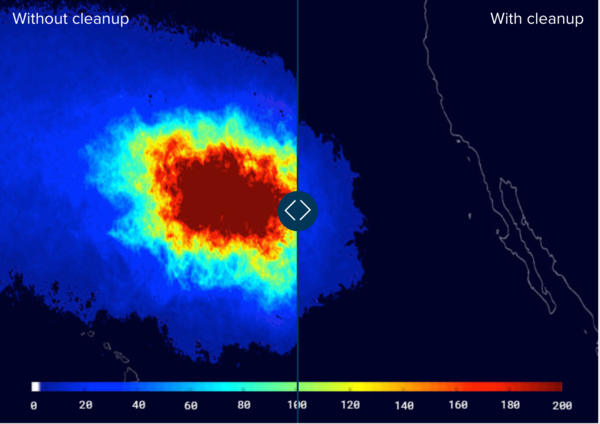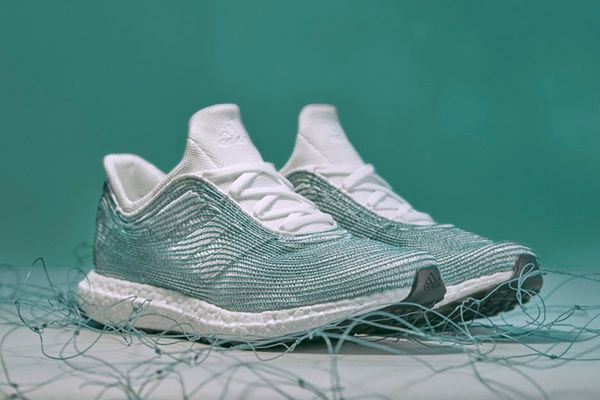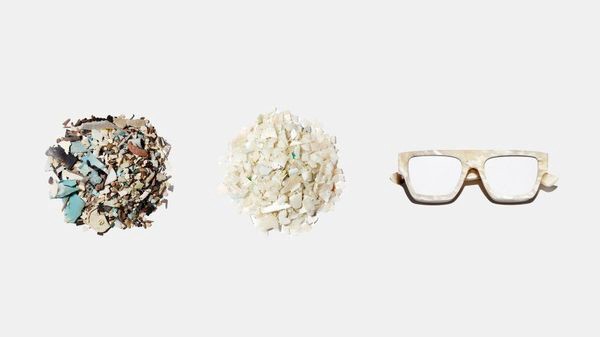 Insight
Insight


If you have yet to freak out over the devastating UN report on climate change, we got you covered. The report from the Intergovernmental Panel on Climate Change, a group of scientists convened by the United Nations to guide world leaders, describes a world of worsening food shortages, wildfires, and a mass die-off of coral reefs as soon as 2040 — a period well within the lifetime of much of the world population! Is that your anxiety level rising? Join the club!
But in times of despair, there is always hope; on a more positive note, this week has brought nations together in agreement to help clean up and preserve our marine life, a daunting task at hand, is there hope for our oceans?
Following the news on a huge victory for Arctic marine ecosystems, nine nations along with the EU signed an international agreement that will prevent commercial fishing in the fragile region for at least 16 years. The agreement will protect nearly three million square kilometers of the Central Arctic Ocean from unregulated fishing while scientific research is conducted to learn more about its marine life and resources.
Overfishing is one of the three major challenges that our oceans currently face. Plastic pollution is another major issue that technology can help solve.
By 2050, the oceans will contain more plastic than fish by weight.
Technological innovation used on land has helped us immeasurably to clean up polluting industries and now it’s time to use it towards the preservation and healing of our oceans. So how can technology help clean up and prevent plastic pollution?
Rapid progress in the development of robotics, AI, low-cost sensors, satellite systems, and big-data are opening up whole new sectors of ocean use and research. Some of these disruptive marine technologies could mean a cleaner and safer future for our oceans.
One of the most interesting companies working on this field is The Ocean Cleanup, developing advanced technologies that are expected to be able to remove 90% of ocean plastic by 2040.

After 5 years of research, engineering and testing, in May 2018, the company launched its beta cleanup system, a 600-meter long floater that can collect about five tons of ocean plastic per month. Their floating boom system is estimated to clean up half of the Great Pacific Garbage Patch within the first five years.
The Ocean Cleanup has raised $31 million since 2013, with Salesforce founder Marc Benioff and PayPal co-founder Peter Thiel among its major investors.
Although a cleanup will have a profound effect, it’s just part of the solution. We also need to close the tap, to prevent any more plastic from reaching the oceans in the first place.
We can’t put all our hopes on ‘silver bullets’ of new technology. With trillions of pieces of trash floating in our oceans, it is important for everyone to start making changes today in order to protect our oceans for generations to come.
These days, a number of brands are starting to incorporate post-consumer materials into their product lines. But some companies are going even further, looking to up-cycle harmful waste from the ocean.
One of the most famous examples is Adidas’ collaboration with the environmental initiative Parley for the Oceans. On World Oceans’ Day, back in 2016, the company released its first batch of running shoes with uppers made using recycled plastic recovered from the sea.

In 2017, Adidas teamed up with Parley again to create a collection of swimwear that is made from up-cycled fishing nets and debris. The ocean plastic was converted into a fibre named Econyl, which has the same properties as regular nylon which is used to make swimwear. According to Adidas Director of Design, it’s possible to make over 1,000 swimsuits from a large fishing net.
Parley also worked with Stella McCartney on The Ocean Legends collection, where each piece in the collection was made from up-cycled marine plastic and is dedicated to pioneers of the ocean movement. The first product of the collection is a special limited edition Falabella GO backpack honouring Captain Paul Watson, founder of Sea Shepherd — an international non-profit ocean conservation organisation.
Another great project created in collaboration with Parley is Clean Waves aimed at boosting the use of eco-innovative materials in fashion and industrial design. Their first collection of limited-edition sunglasses looks pretty neat.
Each pair of eyewear carries individual geographical coordinates of a specific place impacted by marine plastic pollution.

If you’re feeling the trend, we recommend trying out these bikinis made from fishing nets or these yoga pants made from plastic bottles.
Another interesting brand in this space is Ecoalf, an urban minimalist brand from Spain aiming to create garments and accessories with the same properties and design as the best articles on the market. The company has been creating using recycled fabrics from decommissioned fishing nets, plastic bottles from the bottom of the ocean, cotton waste, and used tires. They went as far as to turn discarded coffee grounds into a high-quality raw material used in jackets, shoes, and bags. With this approach, ECOALF contributes to reducing environmental impact and creating low resource consumption.
This article is co-written with Andrea Hernandez, Founder @Prettyeats
Originally posted here